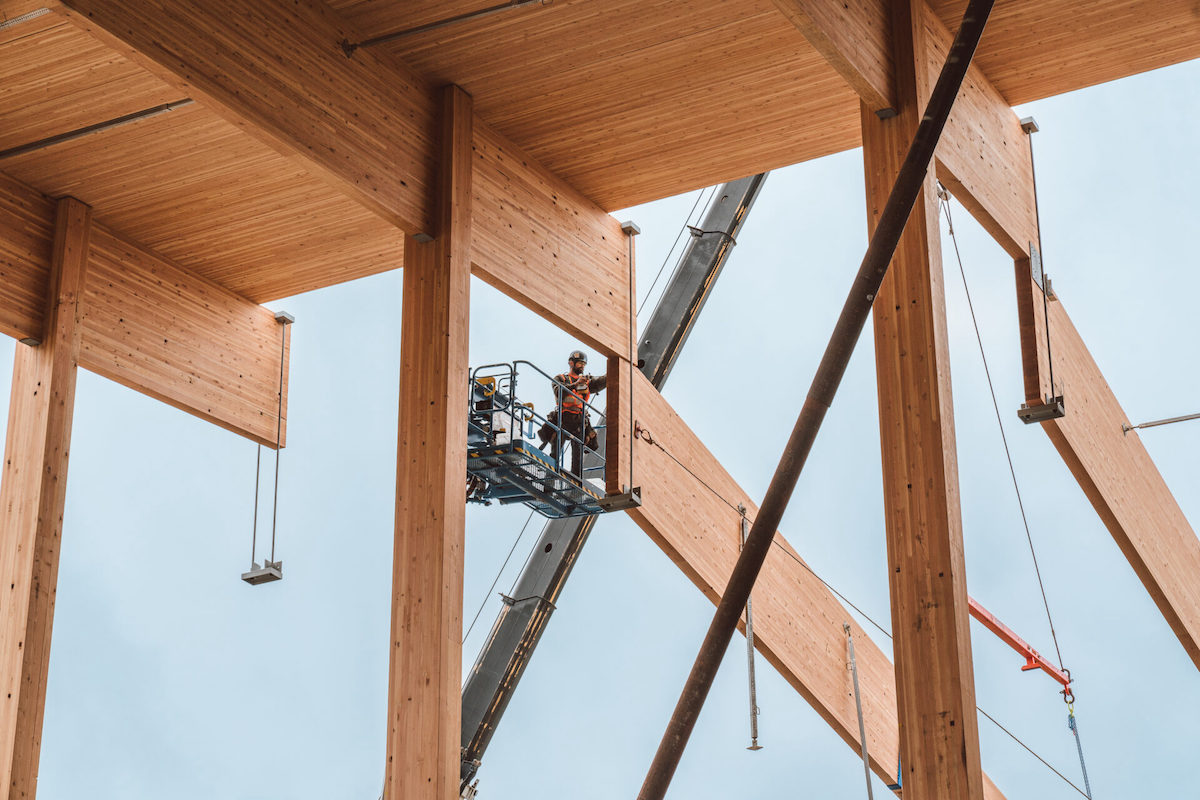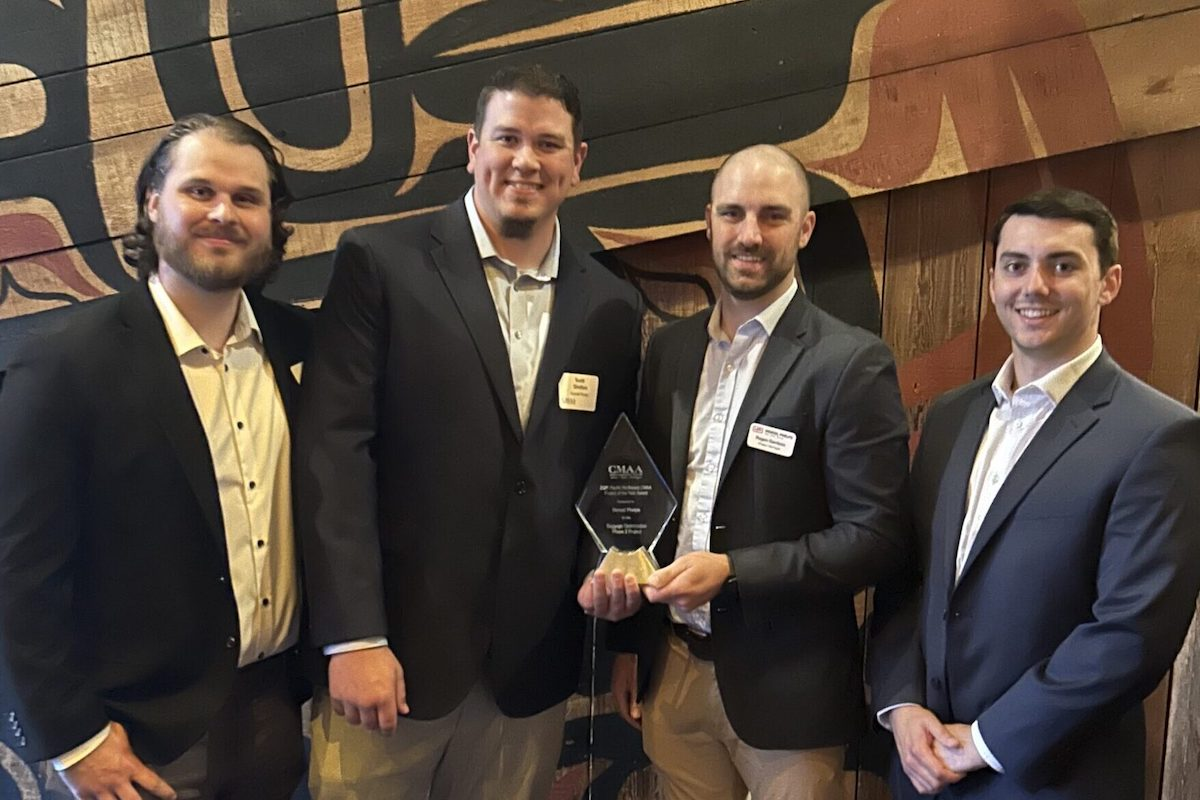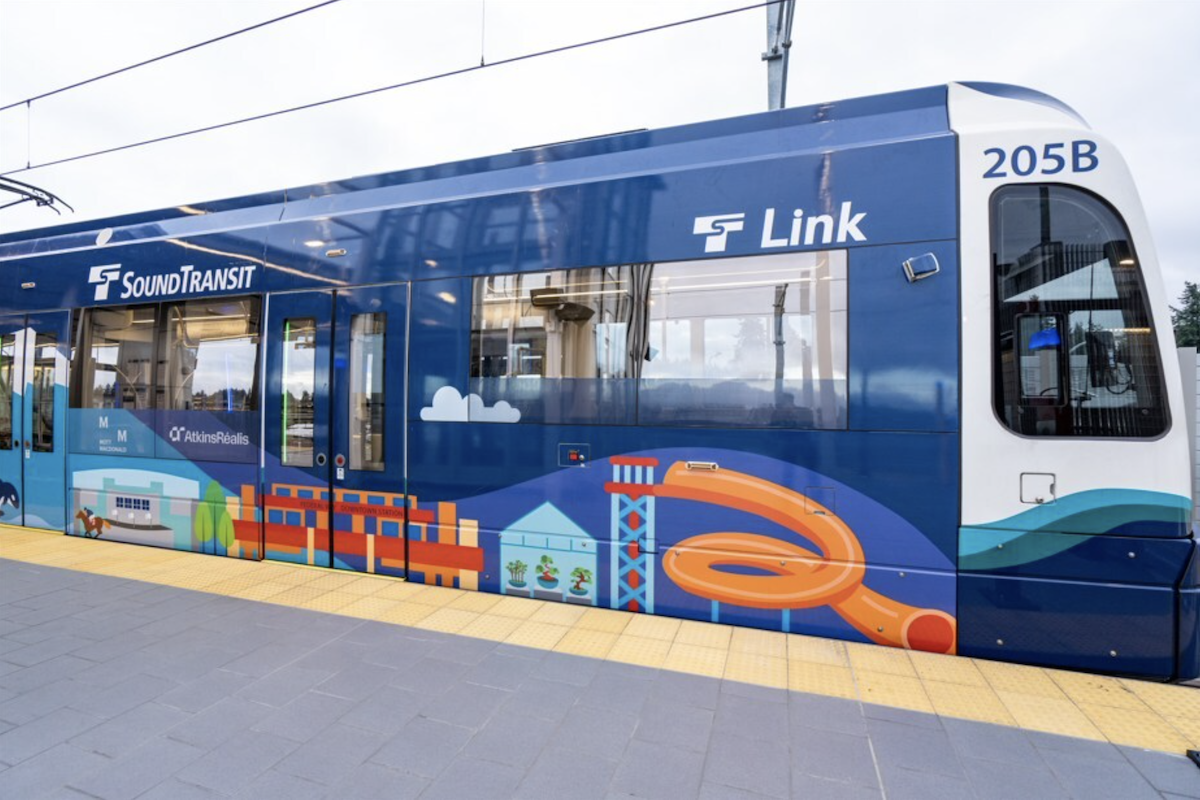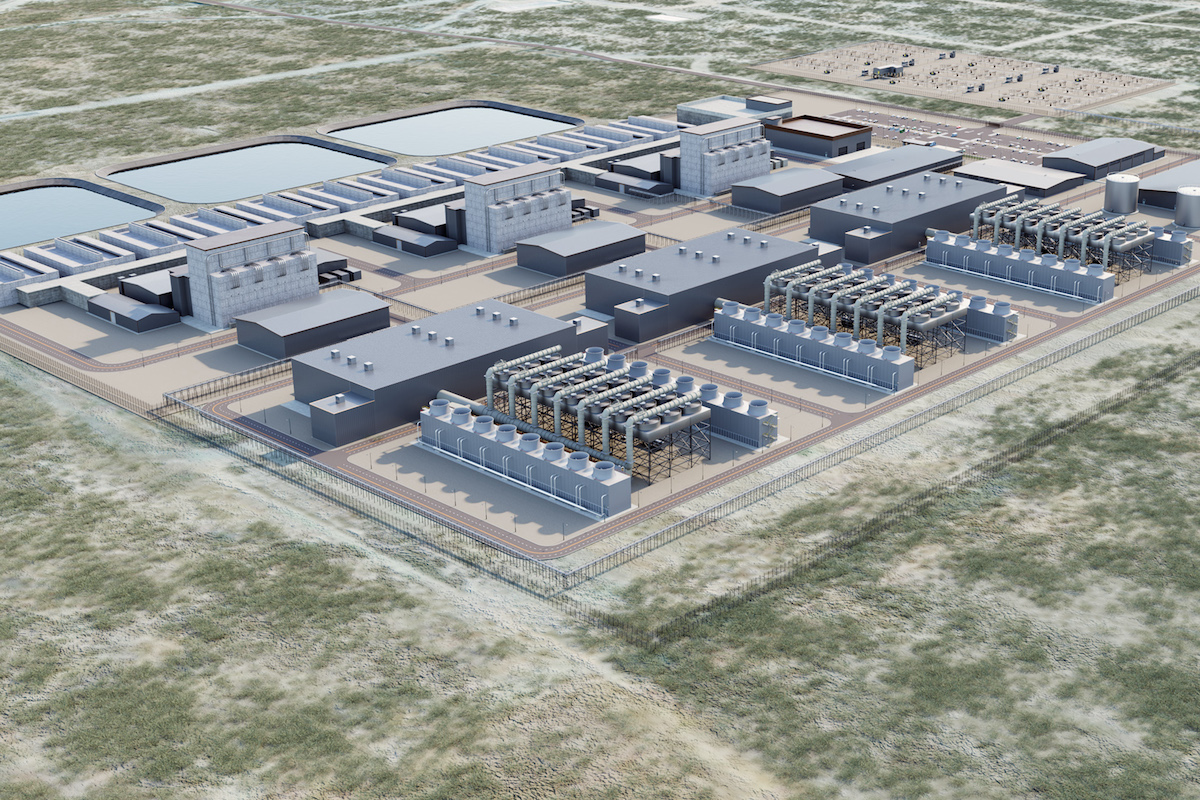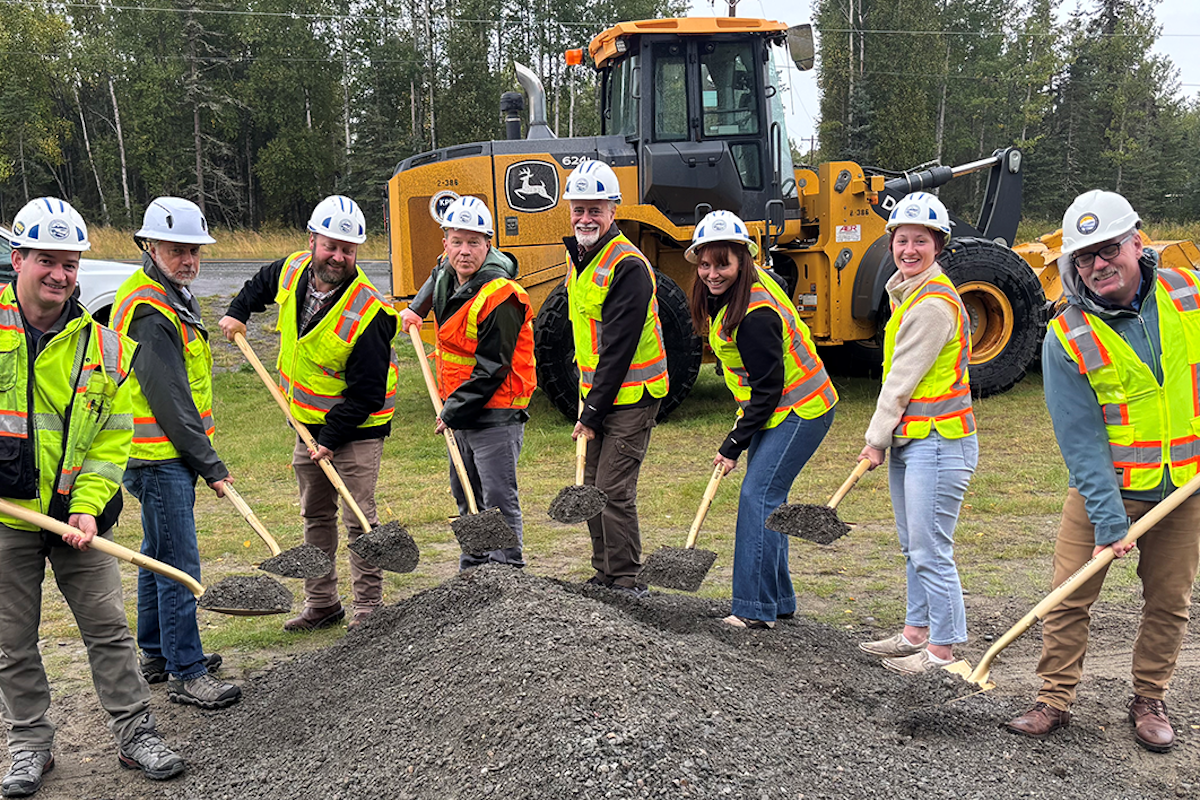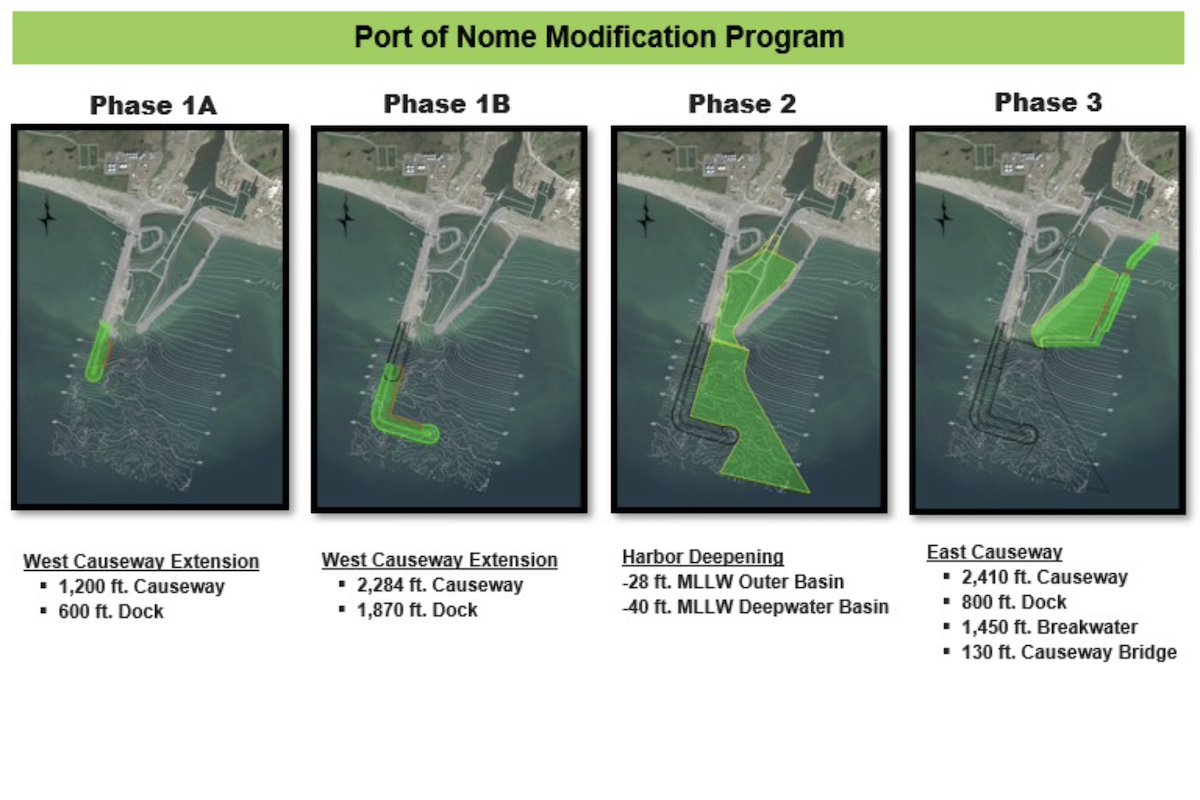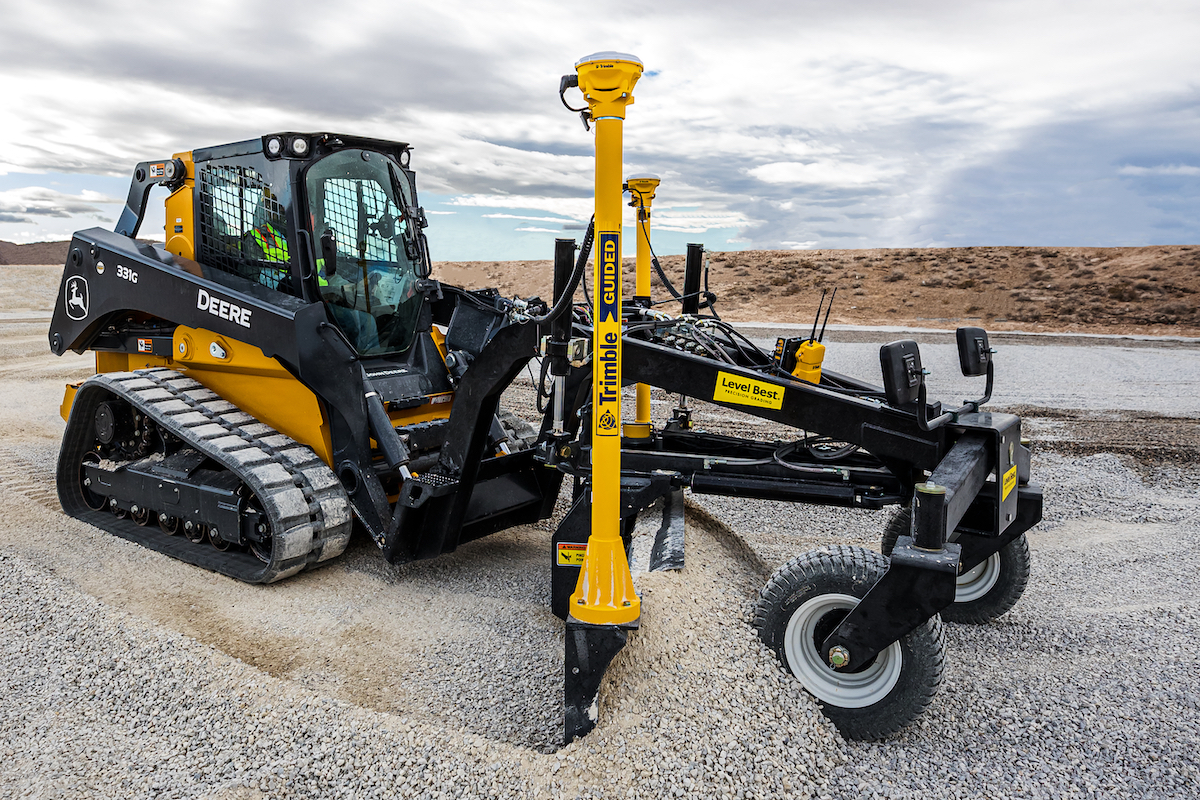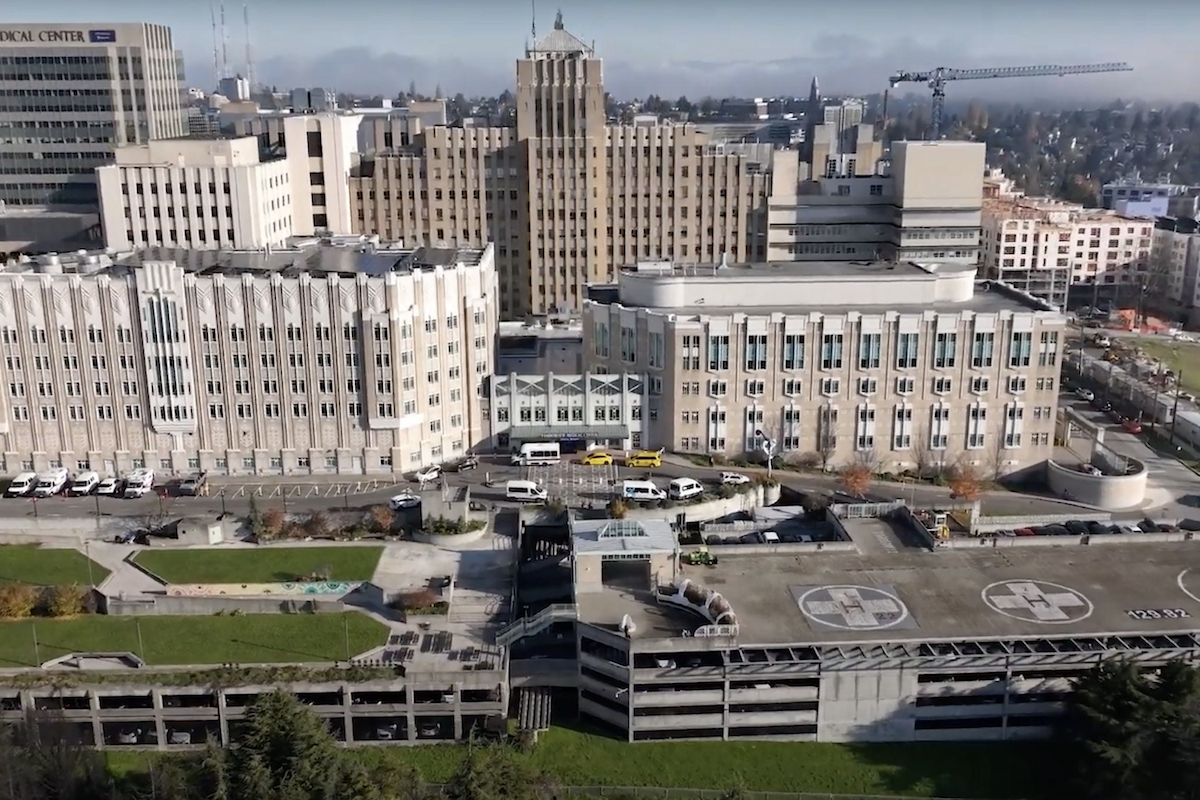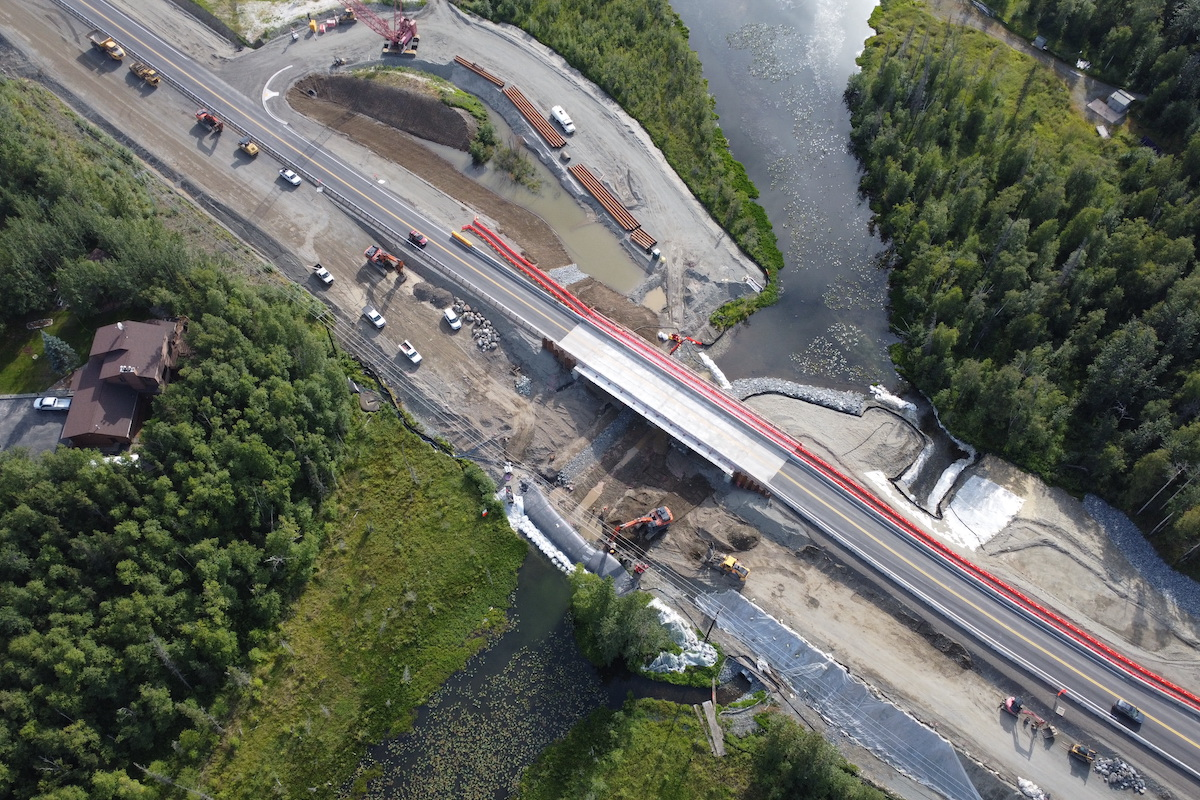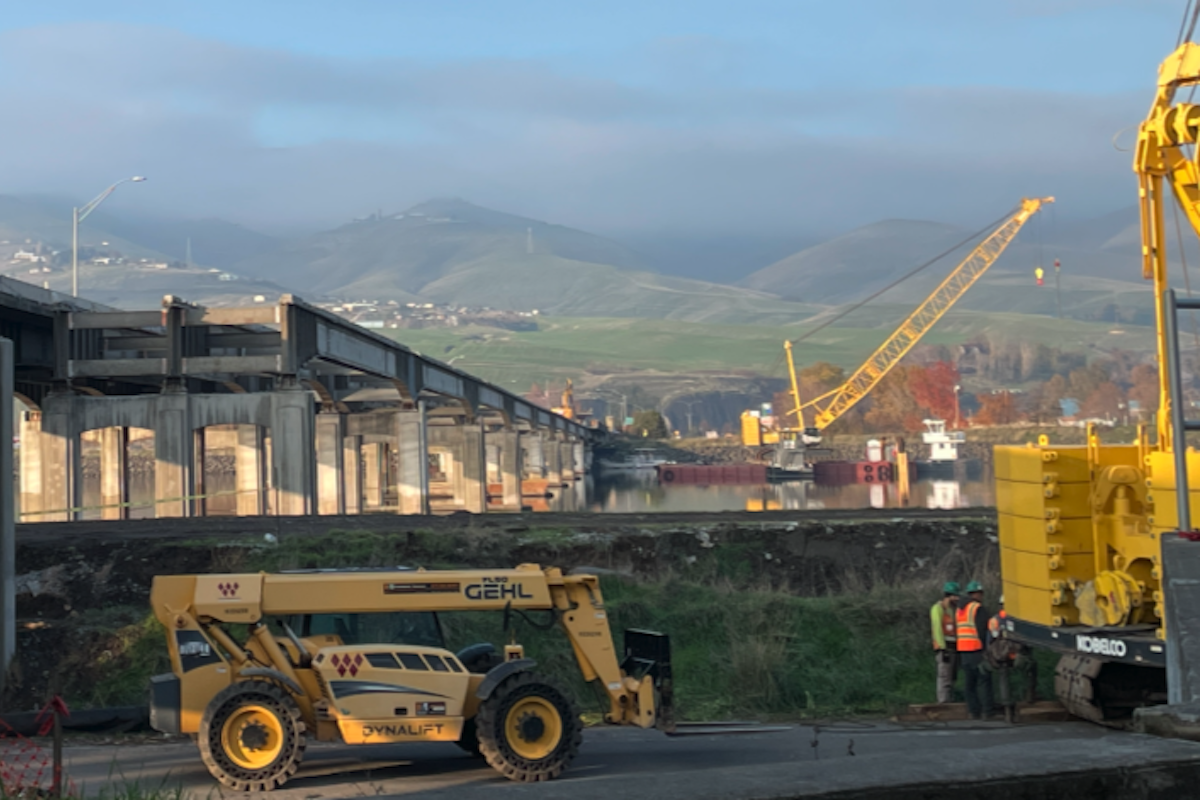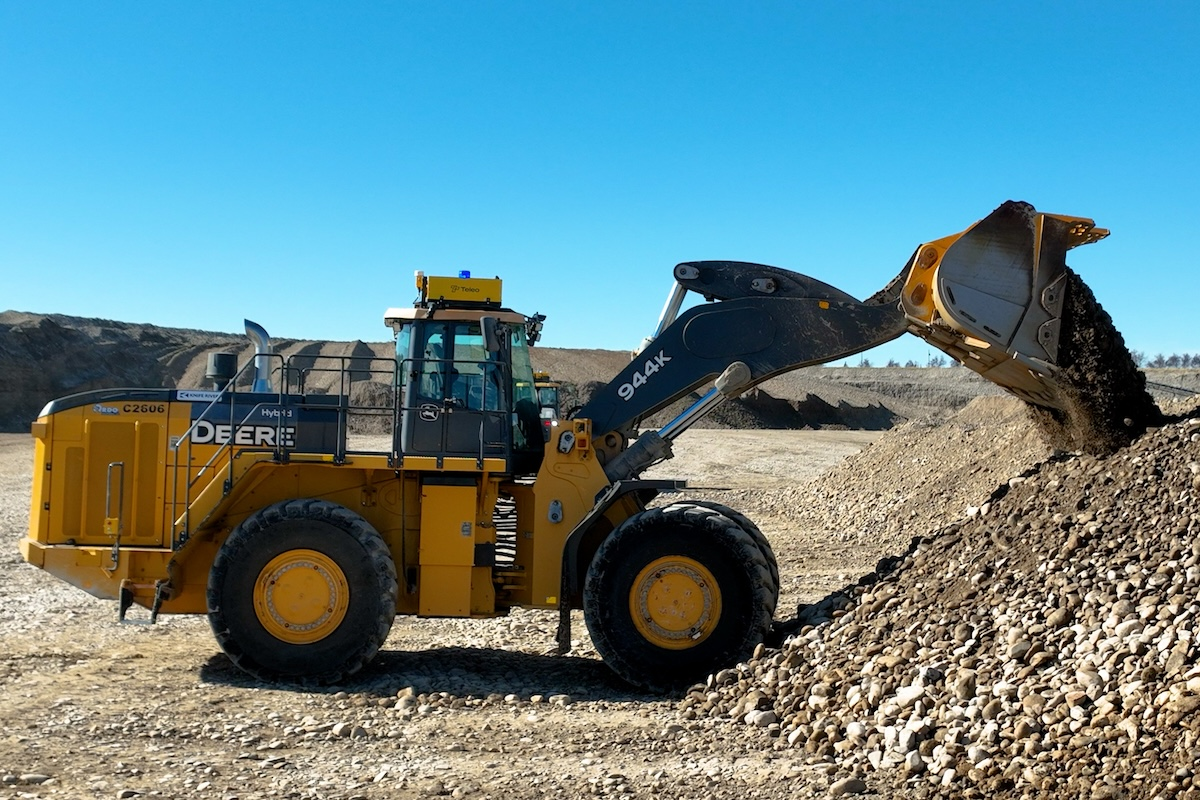Using a multi-phased plan, with special measures to maintain stability of the existing bridge during demolition and speed up construction of the new structure, OHL completed the work around live traffic in just four months.
Designed to improve mobility and safety for all transportation modes along and across I-35, the 1.3-mile Oltorf Street project also converted outdated diamond ramps to a braided configuration; extended entrance and exit lanes for mainlanes and ramps; improved frontage roads; added U-turns in both directions of I-35; and enhanced bicycle and pedestrian paths along the frontage roads in each direction. OHL finished the project in June.
Funded by the Texas Clear Lanes initiative, the Oltorf Street construction was the eighth project completed as part of the Texas Department of Transportation’s (TxDOT) Mobility35 program. Enhancements along 79 miles of the 50-year-old interstate address increased congestion and travel-time delays due to population and employment growth.
In order to maintain the heavy traffic volumes, “The Oltorf bridge demolition needed to be performed in two phases,” said Zachary Feezel, OHL’s Assistant Project Manager. “Traffic was shifted on the existing bridge to allow demolition of a portion of that bridge and construction of a portion of the new bridge. Traffic was then placed on the new bridge so the remainder of the existing bridge could be demolished and the final portion of the new bridge constructed.”

| Your local Gomaco dealer |
|---|
| American Construction Supply |
| Tri-State Truck & Equipment Inc |
The phased demolition created some challenges. First, “The design of the existing bridge included transverse post-tensioning strands that ran through the box beams at midspan,” Feezel explained. “These strands had to be cut in the first phase of demolition. In order to maintain the bridge’s integrity, a steel plate system was designed and installed prior to demolition. The system consisted of three plates anchored along the bottom gap between each beam, one at midspan and one at each quarter-span point.”
According to Michelle Romage-Chambers, TxDOT’s South Travis Assistant Area Engineer, “The plate system stitched all the beams together under the bridge and allowed the structure to remain stable over live traffic.”
OHL utilized full mainlane closures in both directions during demolition. “That was for both safety and allowing each phase of demolition to be completed during one weekend,” Feezel said.
Public outreach encouraged travelers to seek alternate routes, and those who didn’t were moved to frontage roads. “In close coordination with the City of Austin, who manages the traffic signals in the area, an extensive traffic control setup was used to keep traffic moving,” Romage-Chambers said.
Despite all the complexities, the demolition work proceeded smoothly. “From beginning to end, it was a well-orchestrated ballet of excavators and demolition equipment,” Romage-Chambers added.

| Your local Metso Minerals Industries Inc dealer |
|---|
| PacWest Machinery |
| Westate Machinery Co |
For the new bridge, TxDOT selected a standard box beam design to lessen the impact of construction on the traveling public, Romage-Chambers said. To speed up some steps of the work, OHL used high early strength concrete mix designs.
In addition, “Portions of the retaining walls underneath the bridge were completed after the bridge was built, utilizing special equipment to maneuver and set the panels and copings within low clearances,” Feezel said.
OHL used two large hydraulic cranes to set several of the box beams around overhead power lines. “The beams under the lines were initially picked from the trucks and pre-set on the bridge bents outside the power lines,” Feezel explained. “The cranes were then moved and the booms lowered in order to shift the beams in place under the lines.”
Crews also installed two 24-inch waterlines side-by-side underneath I-35 using a boring method. “That required very deep pits with special shoring to protect the work,” Feezel said. In addition, “A large amount of groundwater continuously flowed into the main bore pit, there was an existing waterline thrust block within another pit, and a conflict with new underground utility lines required careful installation of multiple bends on the 24-inch waterline.”
To further complicate the work, “The existing 24-inch waterline couldn’t be shut off and removed prior to installation of one of the new waterlines,” Feezel said. “We had to bypass small portions of MSE retaining walls and then complete those once the existing line was removed.”

| Your local Bobcat dealer |
|---|
| Pape Material Handling |
“The outdated ramps, where entering and exiting traffic had to merge into the same lane, caused major delays in the corridor,” Romage-Chambers said. “The new, braided ramps, where an entrance ramp goes over an exit ramp or vice versa, reduce merging and weaving conflicts on both the frontage roads and the mainlanes by separating incoming and exiting traffic.”
In addition, TxDOT expects the extended entrance and exit lanes between ramps to reduce crashes by 20 percent. Improvements to the mainlanes, frontage roads, and cross streets are anticipated to reduce wait times at frontage road intersections by up to 37 percent and increase travel speeds on I-35 mainlanes by about 17 mph.
The project also replaced conventional lights installed in the 1970s with high-mast lights that are two to three times taller and four times more radiant. The old light poles included one or two light fixtures, meaning more light poles spaced closer together to get uniform roadway coverage. By contrast, high-mast light poles stand as tall as 150 feet, with six, 120-volt LED bulbs. That allows more space between poles and less maintenance. The lights are calibrated using software to evaluate light patterns, and then each bulb is adjusted to avoid creating a halo effect and reduce light pollution.
In this project, five high-mast lights replaced 55 existing light poles. Throughout the 79-mile stretch covered by the Mobility35 program, nearly 600 high-mast lights will be installed.













